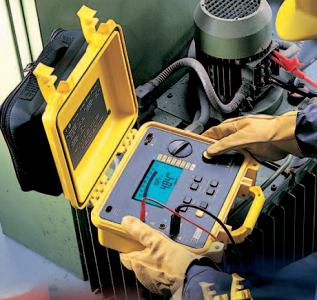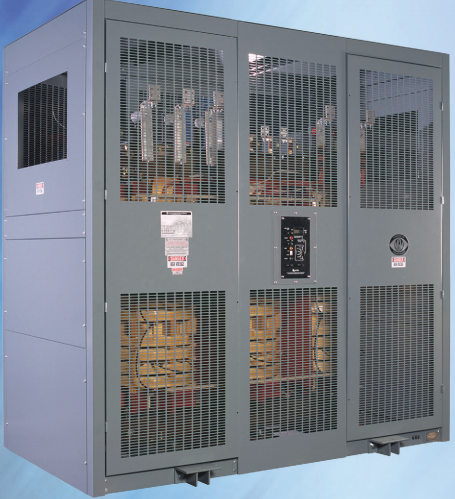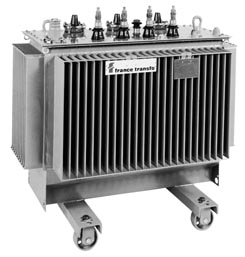Cable Capacity For Cu Wire Current Capacity (Up to 30 Sq.mm) = 6X Size of Wire in Sq.mm Ex. For 2.5 Sq.mm=6×2.5=15 Amp, For 1 Sq.mm=6×1=6 Amp, For 1.5 Sq.mm=6×1.5=9 Amp For Cable Current Capacity = 4X Size of Cable in Sq.mm ,Ex. For 2.5 Sq.mm=4×2.5=9 Amp. Nomenclature for cable Rating = Uo/U where Uo=Phase-Ground Voltage, U=Phase-Phase Voltage,… Read More »
1) What value AC meters show, is it the RMS or peak voltage? AC voltmeters and ammeters show the RMS value of the voltage or current. DC meters also show the RMS value when connected to varying DC providing the DC is varying quickly, if the frequency is less than about 10Hz you will see the meter reading… Read More »
1) What is the reason of grounding or earthing of equipment? with a ground path, in case of short circuit the short circuit current goes to the body of the equipment & then to the ground through the ground wire. Hence if at the moment of fault if a person touches the equipment body he will… Read More »
1) Why We use of Stones/Gravel in electrical Switch Yard Reducing Step and Touch potentials during Short Circuit Faults Eliminates the growth of weeds and small plants in the yard Improves yard working condition Protects from fire which cause due to oil spillage from transformer and also protects from wild habitat. 2) What is service factor? Service… Read More »
1) Why ELCB cannot work if Neutral input of ELCB does not connect to ground? ELCB is used to detect earth leakage fault. Once the phase and neutral are connected in an ELCB, the current will flow through phase and that same current will have to return neutral so resultant current is zero. Once there is… Read More »
Transformer winding resistance is very important factor for the life of any transformer, this test is part of type tests, routine tests and field tests. The purpose of winding resistance test is to determine the following: Calculation of the I2R losses in transformer. Calculation of winding temperature at the end of temperature rise test of transformer. As a benchmark… Read More »




